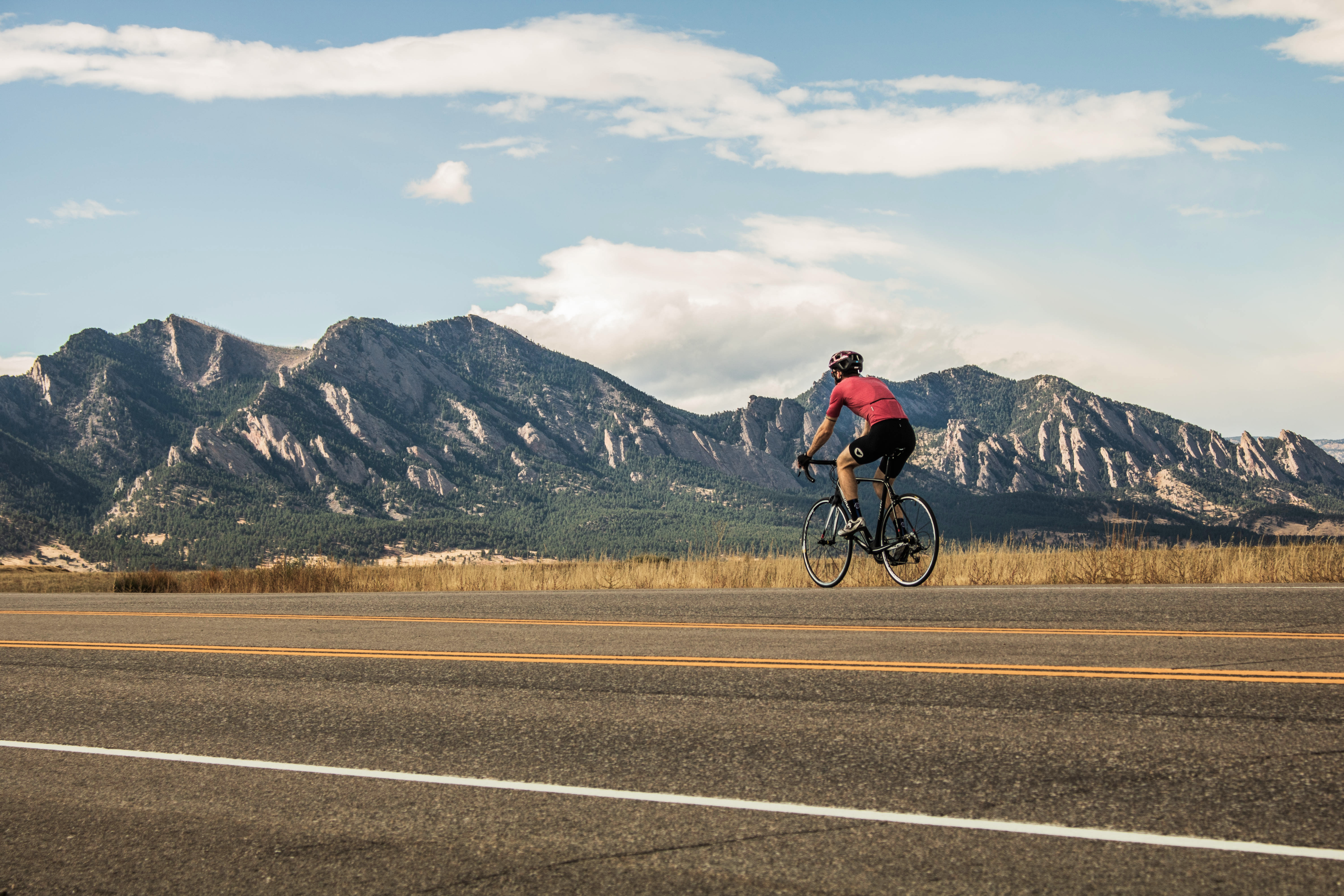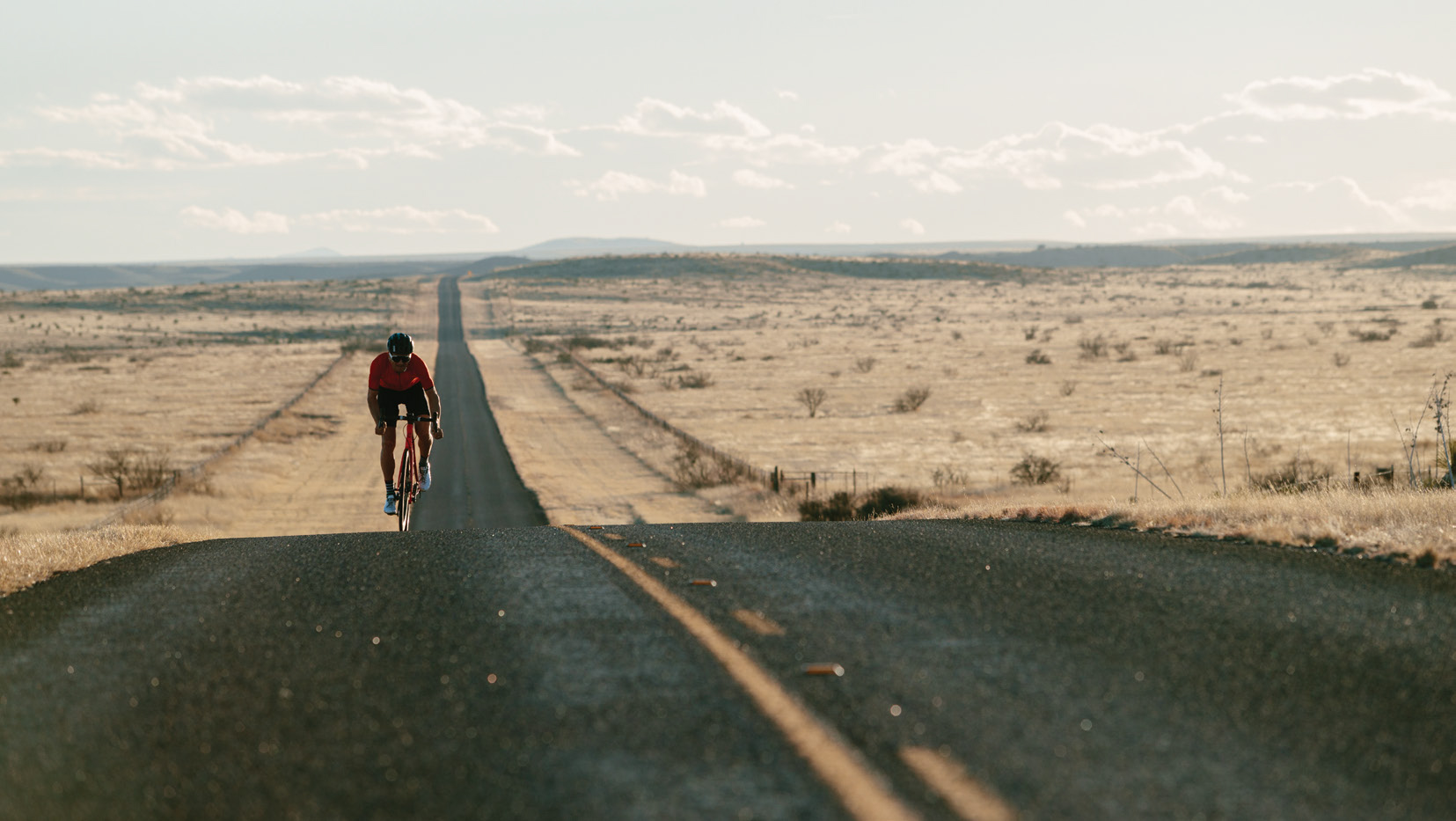MY BACKGROUND
Like many other people, growing up in Colorado made me interested in all the typical outdoor activities associated with the Rocky Mountains. First it was hiking, then it was running, and now I’m interested in transitioning into biking. As a trail runner, I gravitate more to the scenic views and beautiful trails of the mountains. I have run in both road races and trail races to determine which I like best. I found that I enjoy the challenge of high elevation and the tranquility you experience on the trails more than road running. This created a challenge for me in figuring out what equipment I need to get the same experience from cycling. Running, biking and hiking are not only hobbies, but a way to push myself physically and get a good work out.
When you look at buying a bike, think about what you want to get out of it. Is it for a workout, commute, or adventuring to new places? What terrain will you be riding? For example, if you like running on roads, naturally transitioning to road biking would be a good fit for you. Personally, I looked at bikes I can use to stay in shape that provide me with the ability to explore more scenic trails. You might be thinking, why would I make the switch to biking if running offers me everything I want? Well, I have been plagued by injuries in my legs and feet since I started running. If you’re like me, you also might want to consider cycling as an alternative that can complement running.
WHY THE SWITCH?
HIGH-IMPACT VS. LOW-IMPACT
The only real issue I have had with running on trails is the impact it puts on my legs. After a few months of running, I figured out I have almost no arches in my feet. This drove me to look for running shoes that give me max support for my ankles and knees. Even so, I still struggle with shin splints and knee pain when I run. Biking carries many of the physical benefits of running while being a low impact sport. Running is considered weight-bearing, meaning your legs are constantly bearing your full body weight with every step. Biking is the opposite, simply because your bike bears the weight of your body. Despite the fact that I enjoy trail running, I think it will be beneficial to bike more often and run less frequently to stay away from injuries while still getting the same cardiovascular benefits.
RUNNING AND CYCLING, CYCLING AND RUNNING
Just because I want to transition into biking does not mean I will give up running. In fact, there are a lot of benefits to adding different forms of cardiovascular training to your routine. If you are a runner, cycling can help with your overall cardiovascular fitness. Since biking is such a low-impact sport, it can be a great way to keep stress off your knees and ankles while still increasing endurance and physical fitness. Biking can also accelerate the recovery for sore muscles. The constant flow of blood through your legs while cycling can flush out lactic acid to rejuvenate your muscles and decrease soreness, speeding up your recovery. Going on a bike ride also helps build up muscles that complement the muscles constantly used in running by engaging them in a different way.
While the best way to increase performance in a sport is to focus more on that activity, there are great benefits to cross-training since adding a different workout to your schedule can help your overall fitness. On the opposite end, if you are currently only biking, you may want to consider adding a run or different cardio exercise to your training regimen. Running as a cyclist has many of the same benefits as cycling as a runner. These include increased cardio-vascular fitness, building complementary muscles, and endurance. You can also build up your bone density by running. The weight-bearing aspect of running can put small amounts of stress on your bones and leading to an increased density. Stronger bones and muscles means decreased chance of injury.
DECIDING ON A BIKE
After some research, I decided the best choice for me is a gravel bike. These bikes feature components that are suitable for both less technical trails and roads. This gives me access to a wide range of routes to see what I like best. The trails I will ride won’t be super technical and therefore are perfect for a gravel bike. This gives me time to improve my skills and then upgrade depending on where I ride the most. Looking at different components of a bike is important when determining what you want to get out of the bike. I chose to focus on the drivetrain, handlebars, frame and accessories. This is where I was looking to spend a little more money and leave the rest for a later upgrade.
DRIVETRAIN
Looking at all the components of a bike can make buying one seem very time consuming. However, once you start to learn all the lingo it becomes somewhat self-explanatory. The first component I researched was what type of drivetrain I would want for my bike. The drivetrain is made of five components; crankset, shifters, derailleurs, cassette, and chain, that work together to propel the bike forward and control your gearing. The type of riding you want to do can change what you’re looking for in a drivetrain. I decided to look at drivetrains that have a wider gear range, so I have the low-end gears for climbing without sacrificing speed on descents and flat terrain.
If you’re someone who is looking to ride mostly on flat ground, you can utilize a drivetrain with less gearing to reduce weight and keep your bike set-up light. As of now, I am not so concerned with the weight of the bike, so I’ll opt for wider gearing and a 2x drivetrain to start. This means I’ll have two front chainrings which provides me with more gearing options when riding. As I get better, I can look at higher end, more expensive drivetrains that are made of lighter weight materials for more speed.
An easy way to understand gear ratios is to look at the crankset and cassette specs, as well as the drivetrain speed. Your crankset can have one, two, or three chainrings with a varying number of teeth. More teeth on your chainrings means higher gearing. This rule is the opposite on your cassette – the more teeth on your cassette the lower the gearing and vice versa. Your drivetrain speed determines the number of cogs on your cassette, or the number of gears you have access to in your drivetrain. I decided a compact crankset is best for me since they have two chainrings with a mid-range of gears, kind of a middle ground between speed for flat riding and low gearing for climbing.
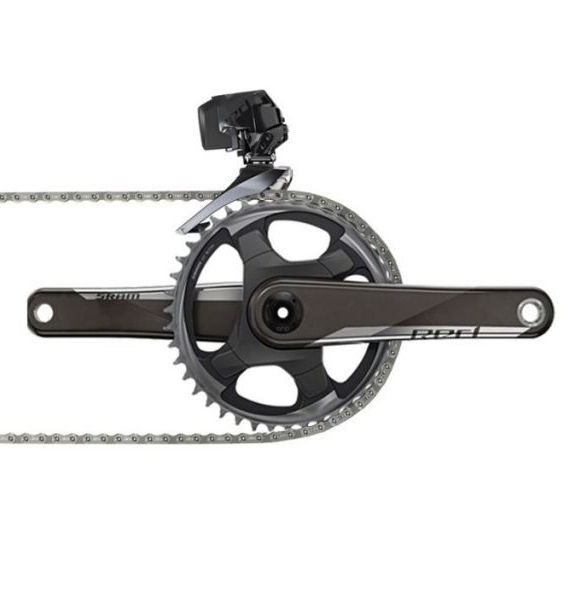
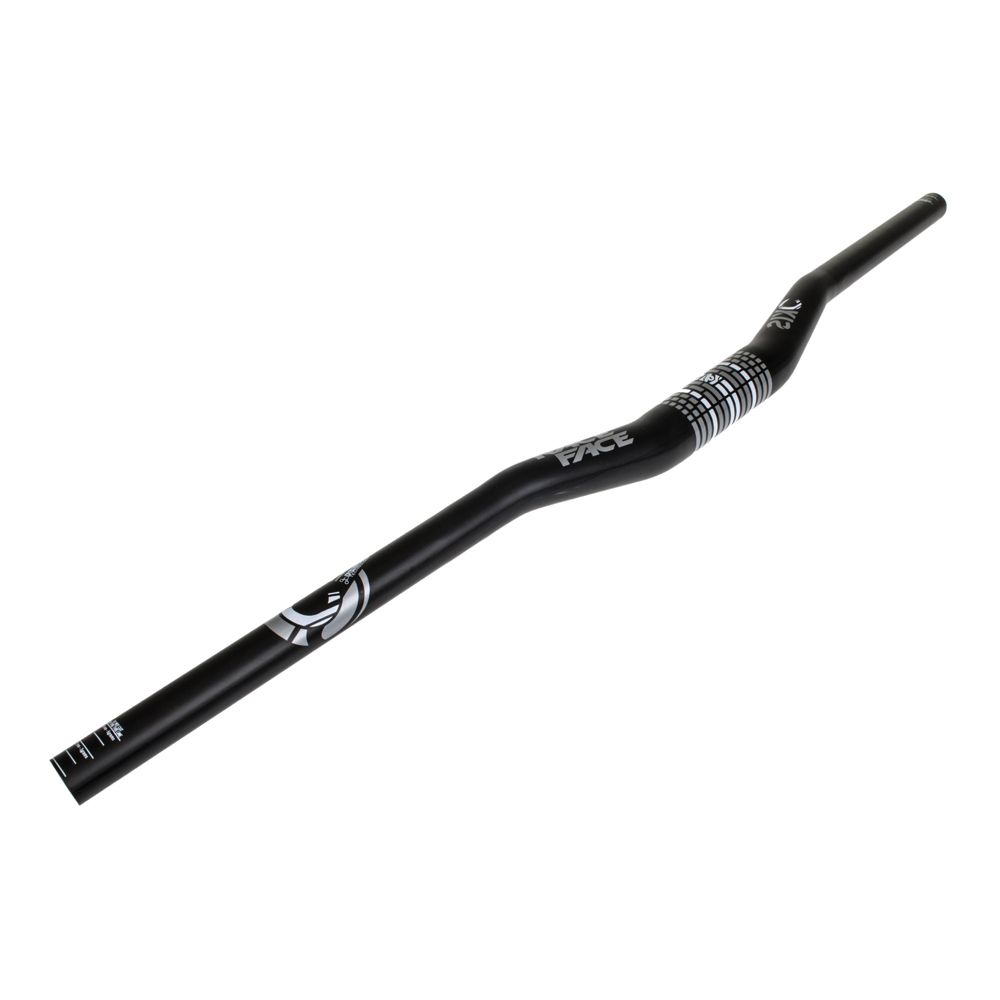
HANDLEBARS
I was surprised to find out how important the position of the handlebars can be for comfort and aerodynamics. I quickly learned that the ratio between saddle height and handlebar height was going to be important. A lower saddle height compared to the handlebars gives you a more comfortable ride. The only downside is you are compromising your aerodynamic position for comfort. In the past, I have had issues with my lower back from weak stabilizing muscles. To me, the best bet was to find handlebars that give me a better rider position to minimize back pressure. Even though I might lose speed, I would rather be comfortable on a bike and not risk injuring myself as a beginner.
I decided I would probably want a riser bar after I determined what factors I consider important. Gravel bikes almost always come with drop bars for handlebars, but I wanted to go with a less traditional set up to support my back. It’s fairly easy to set up your bike with riser bars, and trigger shifters because the drop bar shifters won’t be compatible with a riser bar. Riser bars offer a more comfortable upright position and better vision of the road or trail ahead. This will help my back and give me the ability to see the trail to help me identify the path I want to take. Keep in mind, it’s important to verify handlebar diameter when shopping for your handlebar with the most common size being a 31.8mm diameter.
FRAME
The most important aspects of the frame to consider are material, durability, and size. I’m relatively average in both height and weight, but I still wanted to evaluate all the different frame materials. As I’ve said, for now I’m not super concerned about the weight of my bike so I am more focused on durability and comfort. Therefore, I don’t need to look at the higher end, lighter-weight materials that generally cost more.
While doing reserch, I found the most common material used for entry-level bikes is aluminum. Aluminum is more abundant than other materials making it less expensive for a relatively light weight frame. This material is also known for being corrosion resistant which adds to its durability.
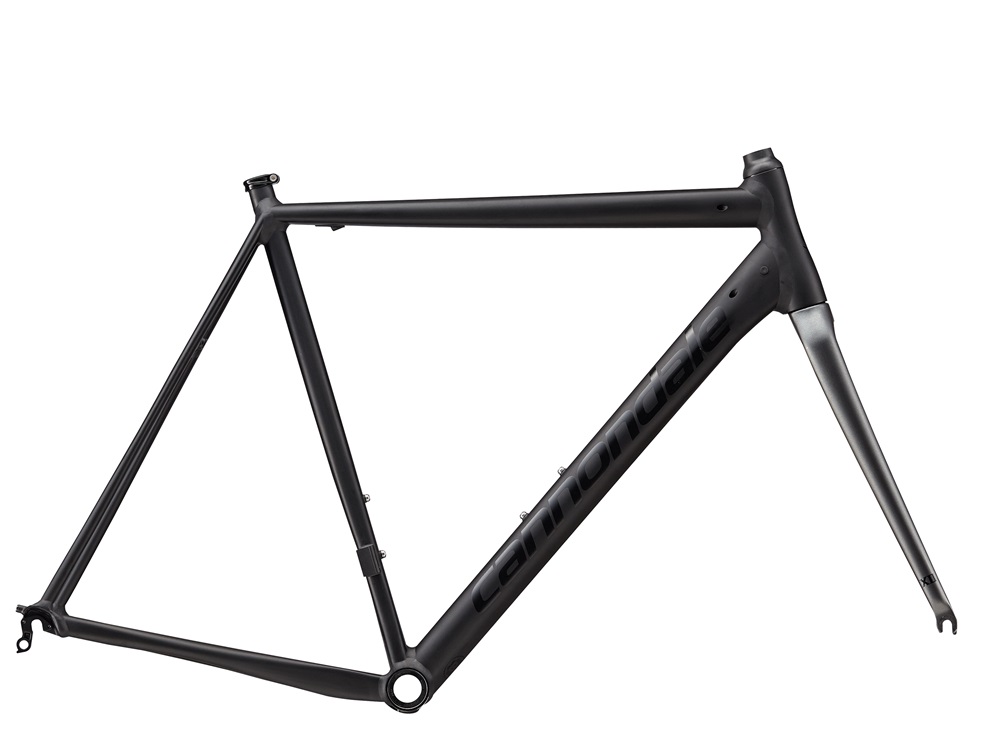
If you’re looking for a lighter frame for more money, you probably want titanium or carbon fiber. Titanium is lighter than aluminum but one of the rarest materials. This is why it is typically more expensive. Carbon fiber is mostly used for high end bikes due to its extremely light weight compared to other materials. Carbon is very good at absorbing road vibrations because of its lower density.
Lastly, steel is the least common material in bike frames today but may still be right for you. At one-point, steel was one of the most popular materials used in biking. However, steel costs and weighs more which has led to a decline in popularity in recent years. Steel might be a better option if you want a more durable, longer lasting frame. Durability should be something you consider based on the climate where you will ride, and the amount of time you expect to keep the bike.
I will probably upgrade sooner rather than later once I identify my interests and gain more experience riding. Living in the dry climate of Colorado, I don’t necessarily have to worry about rust/oxidation. Once I evaluated all the factors, I decided aluminum will best suit my riding needs. All I had left to do was figure out my size.
After looking online at a size guide, I determined I would most likely fit a medium frame. I will still probably still see if I can test out a few frames since I fall close to both large and medium ranges. The two most important measurements are your height and inseam when looking at what size frame you need. Both these measurements will help you easily determine what size frame will fit you best.
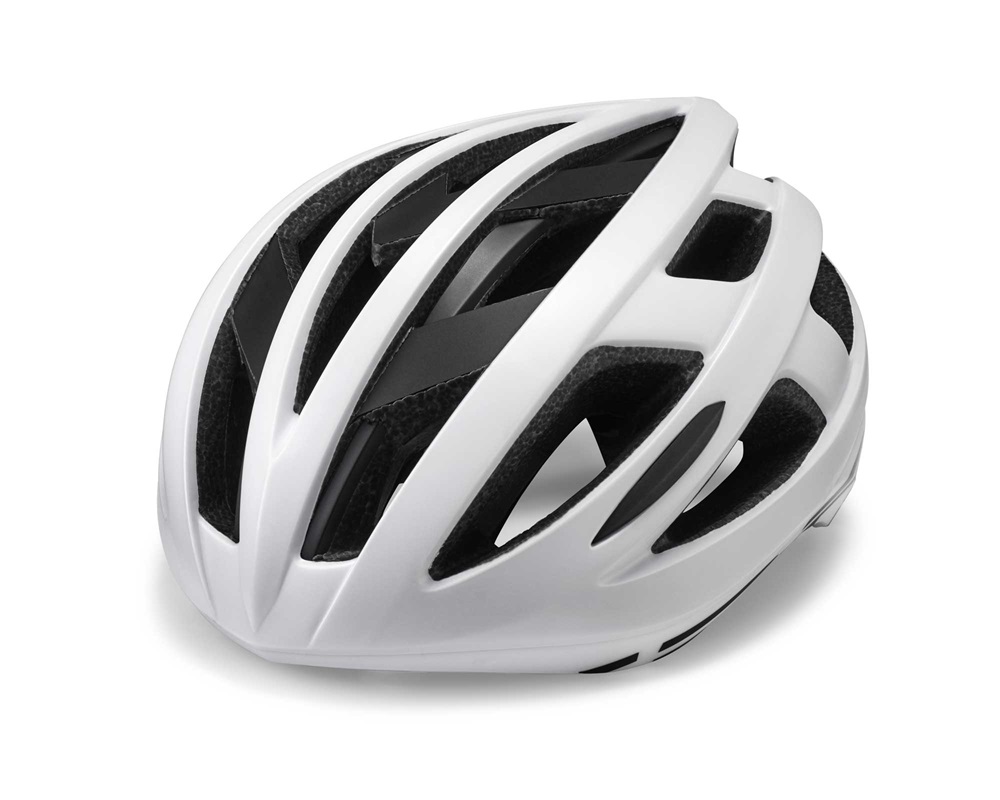
ACCESSORIES
The biggest decision when determining your shoes and pedals is if you want to ride platform pedals or clipless. I will most likely opt for clipless shoes and pedals after I spent some time learning about cleats and clipless shoes (which surprising to me means shoes you can clip in with). If you are in the market for riding clipless, it is important to make sure that the cleats and shoe holes match. Typically, mountain bike shoes and cleats are designed with two holes while road cycling shoes and cleats have three. You may think that you would rather not spend money on shoes and just wear normal athletic shoes which might be a good option if you ride shorter distances or are commuting. However, cycling shoes (for both clipless and platform pedals) are designed to be very stiff to maximize your efficiency with your energy output.
The second accessory I looked at was a helmet. Like almost everything in biking, there are different helmets for each style of biking. Helmets for road biking are light weight and ventilated to give the rider maximum speed and comfort with a strong focus on aerodynamics. Mountain bikes feature more ventilation for low speeds and often have visors. Personally, the only thing I am looking for in a helmet is safety and a visor. Since I’m not concerned with speed I will most likely get a trail helmet designed for mountain biking.
FINAL THOUGHTS ON GEAR
Researching a little about each component and deciding where you want to spend more money can be a good way to save on components. For example, if you’re looking for speed, you’ll want to pay close attention to the weight of all your components. It may seem like a lot of time to research the gear and components that make up a bike, but you can save money and maximize where you spend it with more research through reviews and by reviewing technical specifications.

FINAL WORDS
If you are like me consider yourself a runner, buying a bike can seem like a very time consuming and expensive task. Rather than just focusing on shoes, I now have to look into the ever-changing technology and components on bikes. However, after you start getting the basics down it really becomes your personal preference on many components. The biggest take away I got from this experience was that your bike build can be customized anyway you want. For example, getting a riser bar for a gravel bike isn’t very common, but I felt like it could be good to ensure comfort for my lower back. If it turns out a riser bar isn’t what I really need, then I can easily change the handlebars back to drop bars.
There are always more economical options if you are concerned with price. You might find yourself compromising lightweight or high-end components due to price. Just remember, as a beginner there is plenty of time to upgrade when you feel ready. You can still enjoy biking with cheaper components, you just might not be as fast, but you’ll be getting a better workout so that when you do upgrade to that lightweight, carbon-fiber build your ride is a breeze. Based on my love for outdoor activities, I feel like cycling is a good investment to keep me fit. Either way, if its renting from a local shop or borrowing from a friend, take an opportunity to give cycling a try. Any excuse to bike will help you get out there and enjoy the beautiful environment you live in.


